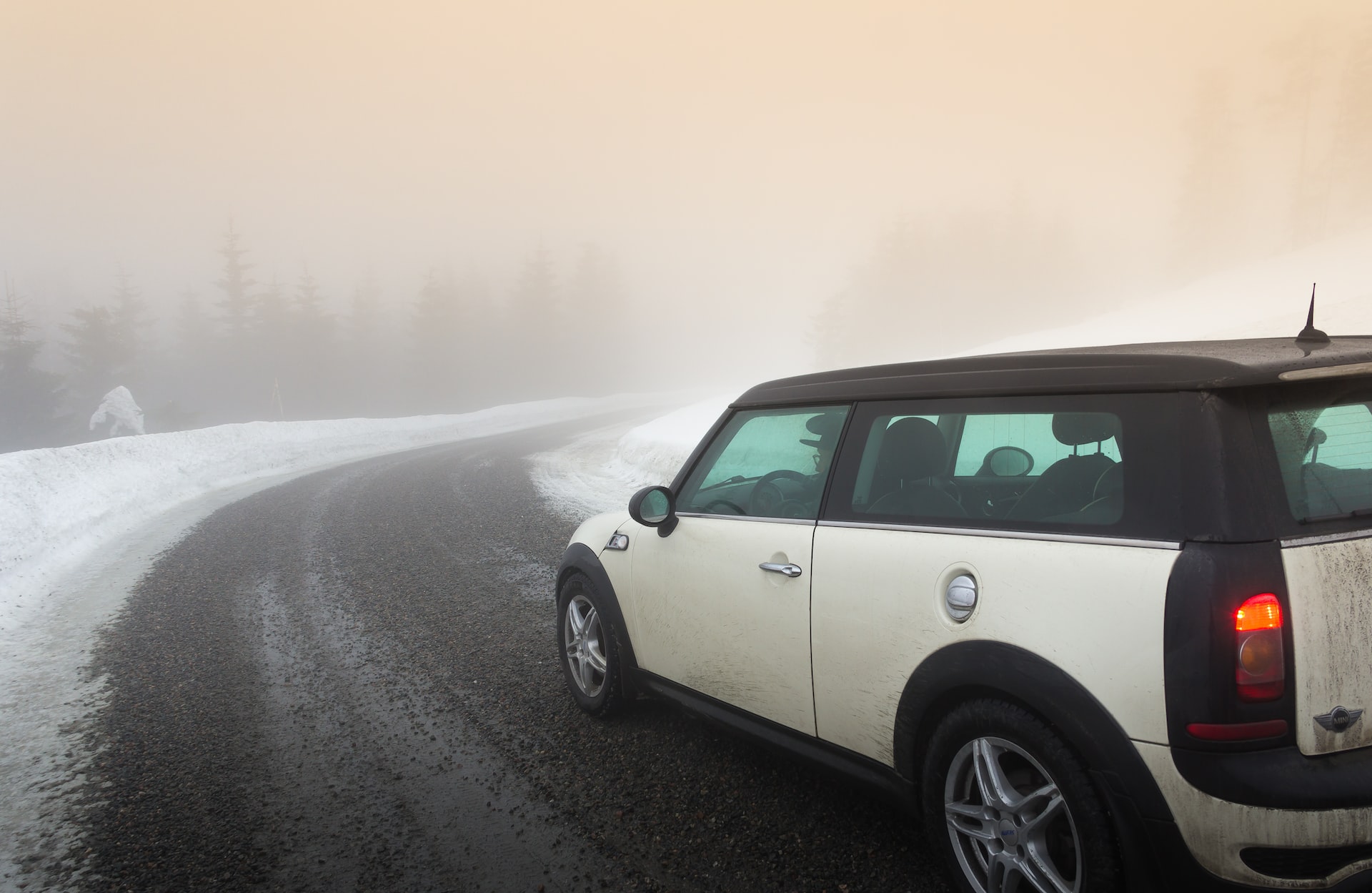Winter driving can be a treacherous and potentially dangerous experience for even the most experienced drivers. With icy roads, reduced visibility, and the potential for vehicle malfunctions, it’s important to take extra precautions and be prepared when driving in cold and snowy conditions.
One of the biggest dangers of winter driving is the risk of losing control of your vehicle due to slippery roads. Snow, ice, and slush can create hazardous driving conditions that make it difficult to maintain control of your car. Slowing down, increasing your following distance, and avoiding sudden movements when driving in these conditions is important.
To prepare your car for winter driving, it’s important to take care of any necessary maintenance before the cold weather arrives. This includes checking the condition of your tires, replacing any worn or damaged, and ensuring you have enough tread to provide adequate traction on slippery roads. It’s also a good idea to check your car’s fluid levels, particularly the antifreeze, to ensure it can handle the extreme cold.
While driving in winter weather can be challenging, it’s important to remember that with a little preparation and caution, you can stay safe on the roads. Here are a few additional tips for safe winter driving:
- Keep your windshield and windows clear: Snow and ice can quickly accumulate on your windshield and windows, obstructing your vision and making it difficult to see other vehicles and hazards on the road. Make sure to clear your windows completely before you start driving, and consider using a scraper or de-icer to help remove ice and snow. If you’re driving in a heavy snowstorm, use your wipers and defrosters to keep your windshield clear and make sure you can see where you’re going.
- Use your lights: Low visibility is a common problem during winter weather, so it’s important to use your headlights, taillights, and turn signals to make your car more visible to other drivers. Make sure your lights are working properly and consider using fog lights if you’re driving in heavy fog or snow.
- Watch for black ice: Black ice is a thin layer of ice that forms on the road and is difficult to see. It’s often found on bridges, overpasses, and other areas where the road is exposed to the elements. If you suspect that black ice may be present, slow down and be extra cautious when driving.
- Give yourself extra time: Winter weather can often cause delays and disruptions, so it’s important to give yourself plenty of time to get to your destination. Leave early, allow for extra travel time, and be prepared for the possibility of unexpected delays.
- Keep a safe distance: Snow and ice can make it difficult to stop quickly, so it’s important to maintain a safe following distance between your car and the vehicle in front of you. A good rule of thumb is to leave at least three times the normal following distance when driving in winter weather.
- A good quality set of winter tires is essential for navigating through snow and ice and can make a big difference in your car’s ability to grip the road.
- A shovel, blanket, and extra warm clothing are also useful items to have on hand in case you get stranded in cold weather.
- It’s also a good idea to carry a set of jumper cables, a flashlight, and a basic tool kit in case you need to make any emergency repairs on the side of the road.
Overall, taking extra precautions when driving in winter weather is important. By preparing your car, taking it slow, and having the right tools and supplies, you can help ensure a safe and successful winter driving season.
